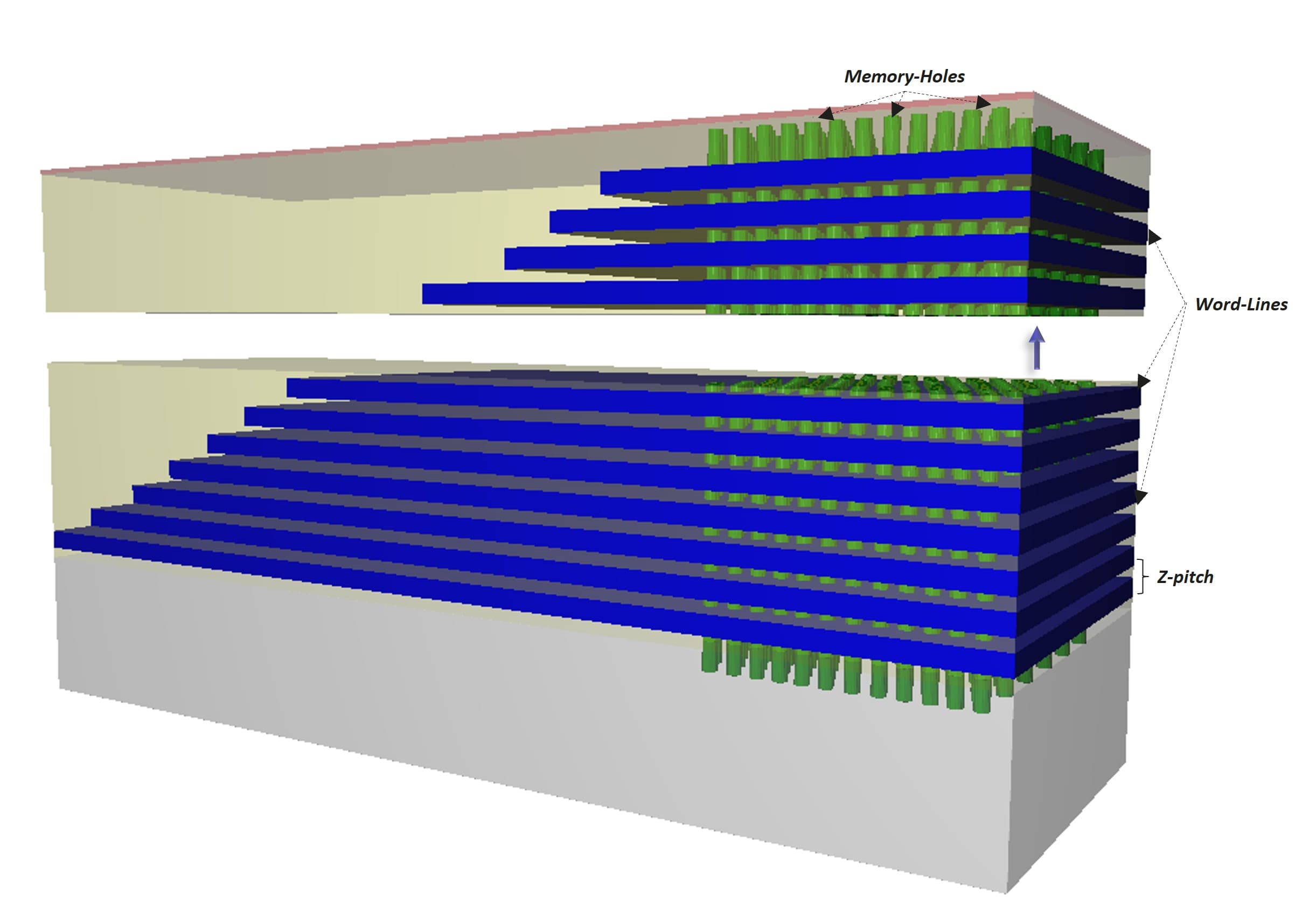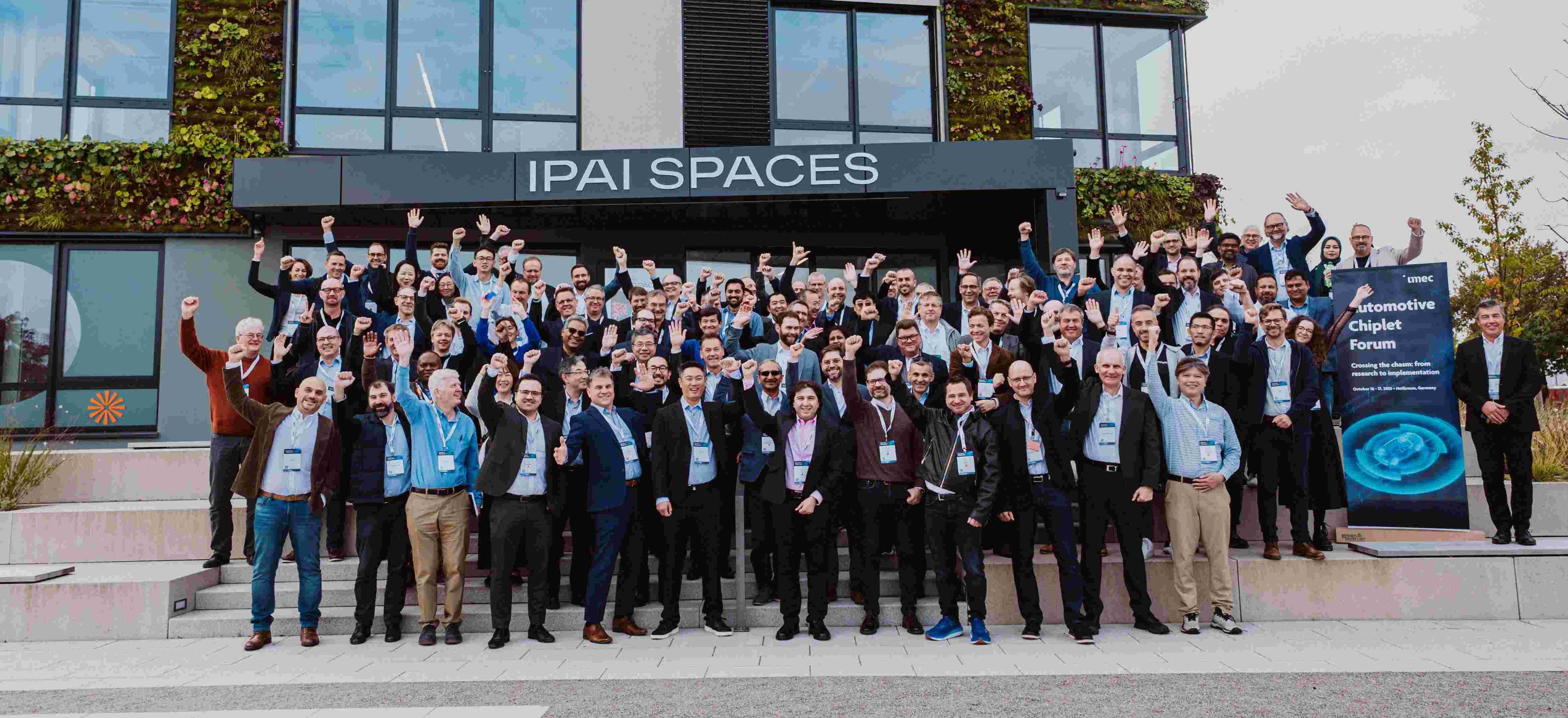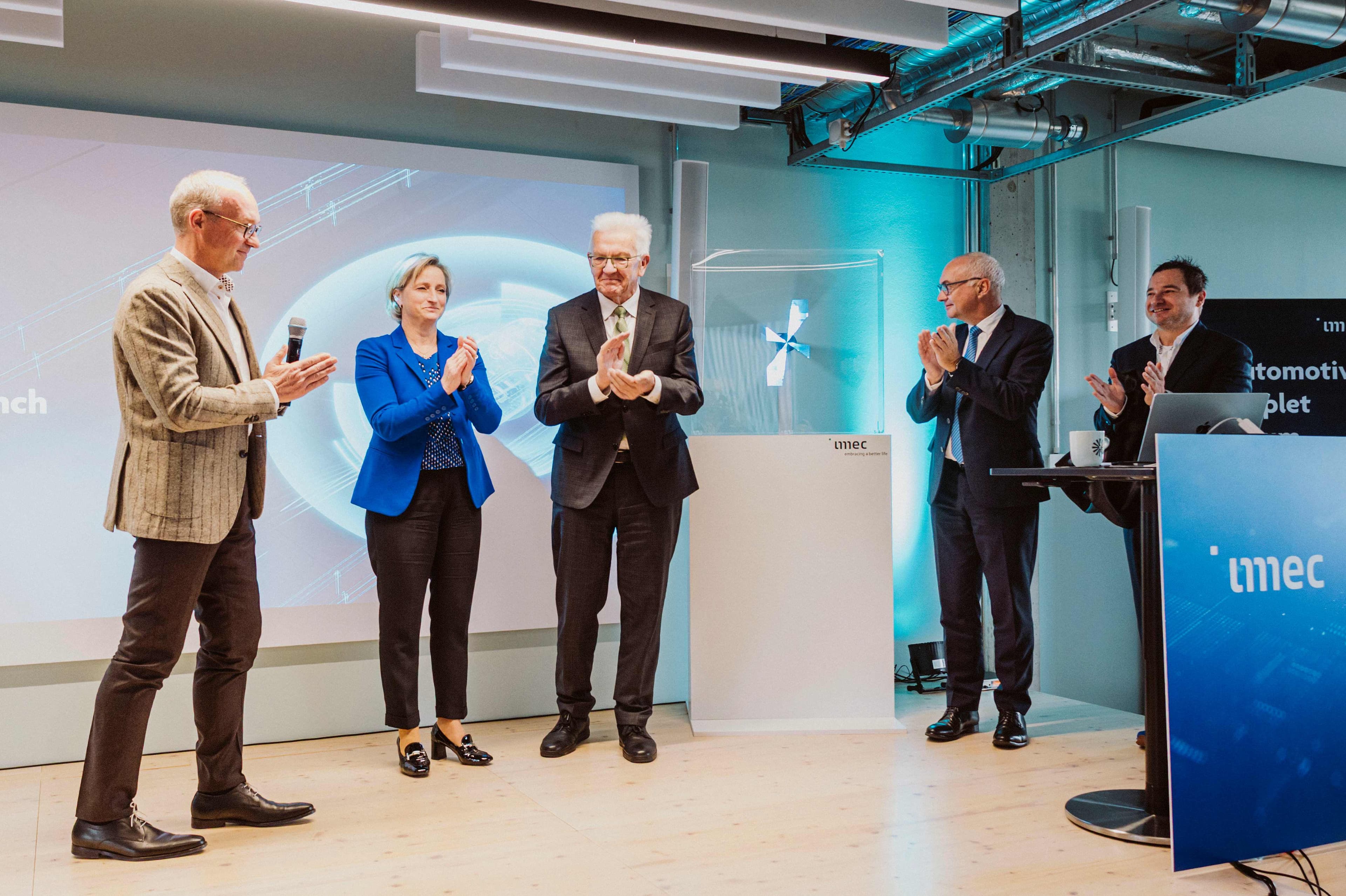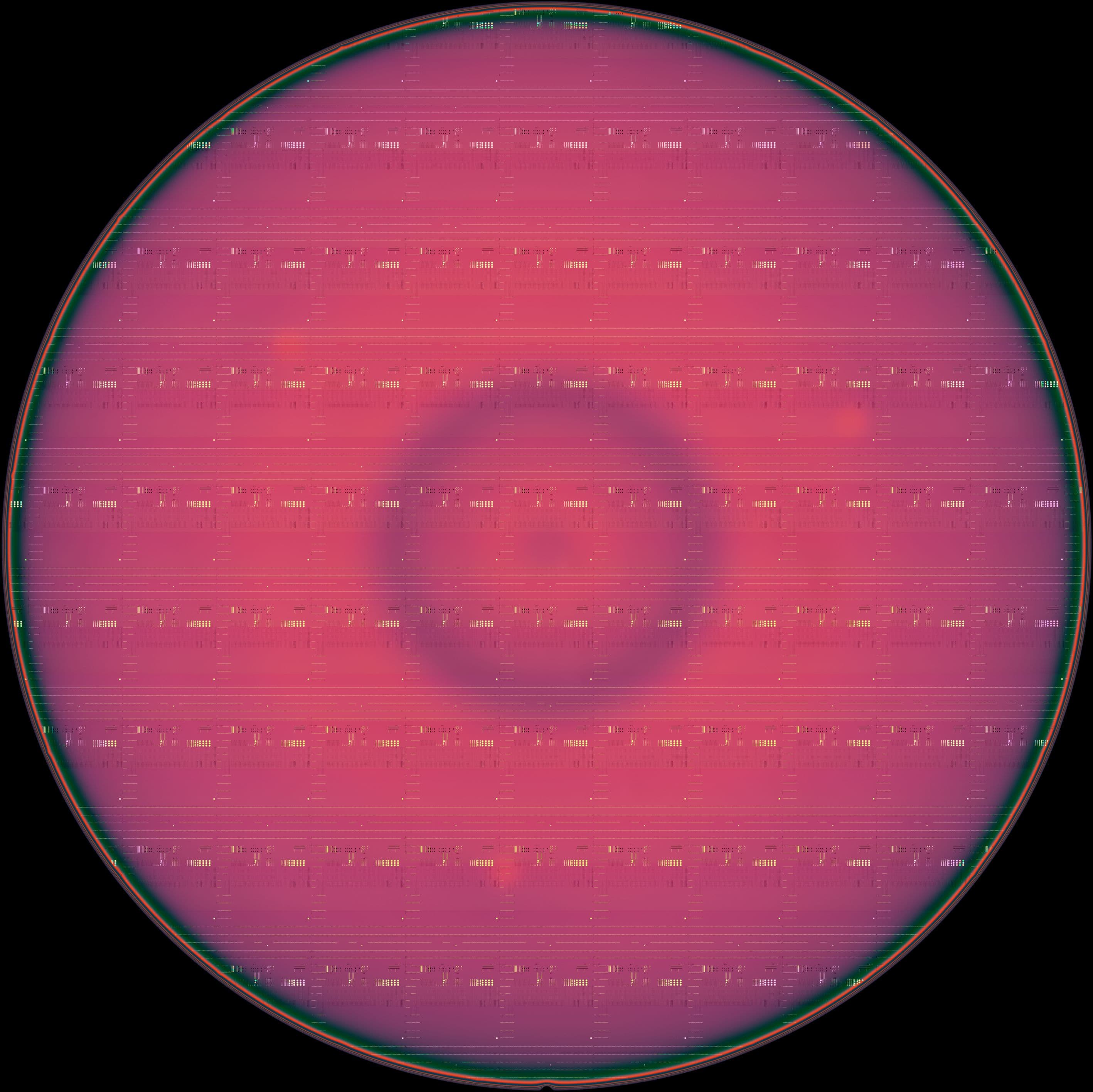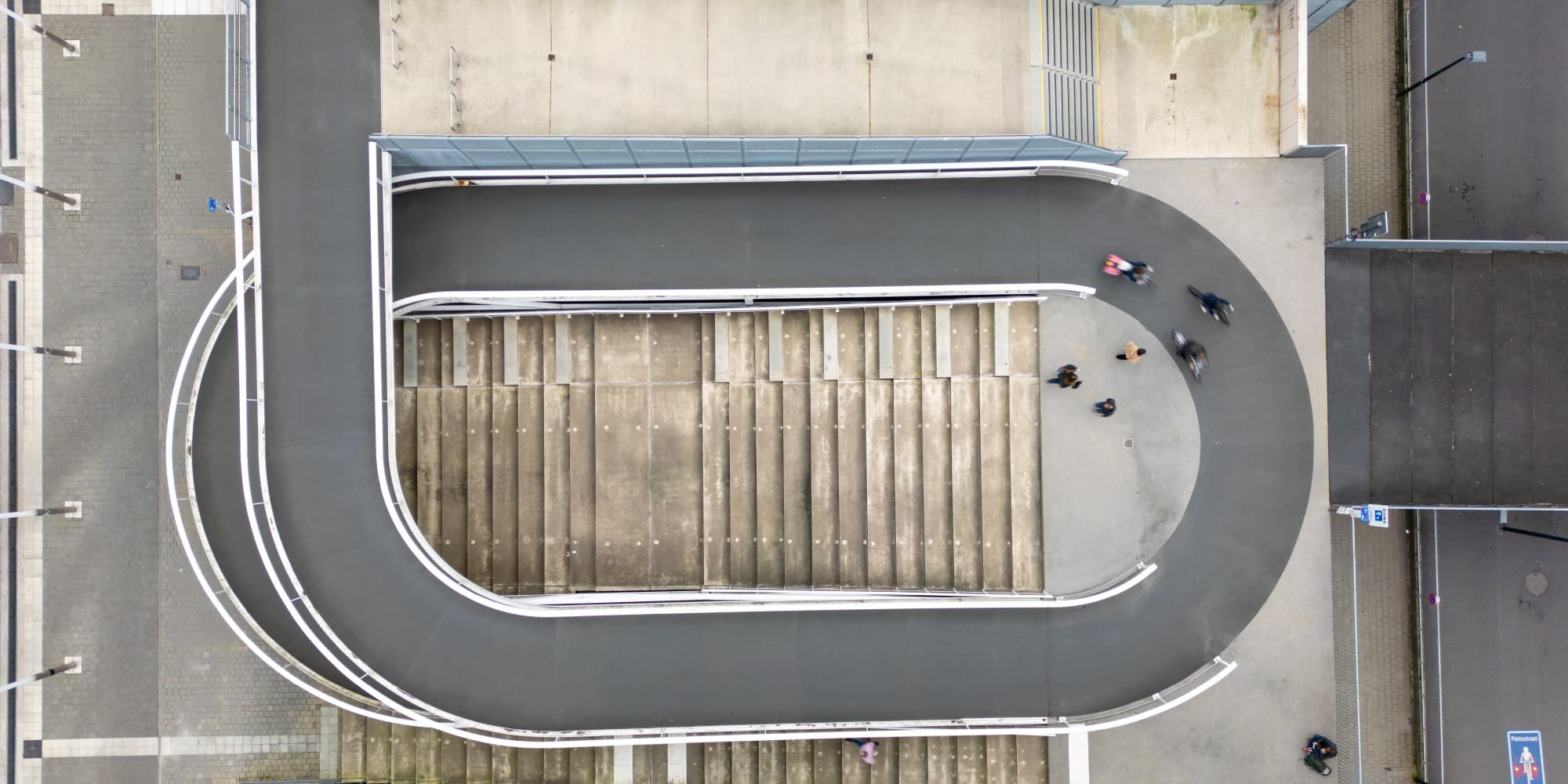
Smart urban logistics (SSD)
Through dynamic regulation, cities are getting a handle on logistics in their streets.
In many of our cities, the low-car or even car-free center has become indispensable. However, reconciling anti-traffic efforts with the logistical needs of businesses and citizens remains a challenge.
Closing the city center at all times for all (motorized) traffic is not possible. Local governments therefore seek a compromise by subjecting logistical operations to access rules, for example rules that make certain neighborhoods only accessible during certain time slots, or only for a certain type of vehicle.
Until now, such regulations have always been static. Traffic signs indicate time frames or emissions standards. These cannot be deviated from based on traffic conditions, what load the vehicle carries, whether it is well-loaded or not, and so on.
Dynamic regulation is a better fit for a modern-day urban logistics policy strategy – or sustainable urban logistics planning (SULP). This would allow local governments to finetune the management of delivery traffic, with rewards or penalties depending on whether suppliers exhibit the desired behavior (see also the SULP toolbox).
Such a dynamic approach was previously explored during the TOKEN project. This video shows you how:
SULP toolbox
The SULP toolbox is a guidance tool for cities in putting together their SULP policy strategy. The toolbox is a compilation and classification of all possible logistics policies and enforcement tools that are available to cities today. Within the Smart Urban Logistics project (“Slimme Stadsdistributie”, SSD), cities are using the SULP toolbox to define access rules that best fit their policies.
Interested in the SULP toolbox? See the downloads below.
Dynamic enforcement tool
To implement such dynamic regulations, you need more than traffic signs – even if they are dynamic. The familiar retractable bollards allow more flexibility, but it would be even better if local authorities and transportation planners could coordinate on route and delivery time before the delivery truck or cargo bike leaves the warehouse. In this way, they can consider current traffic volume, air quality, noise pollutions, safety, ... And all of that of course as automatically as possible.
So, you need a tool that provides a bridges between data sources, such as:
- logistics planning and routing tools
- the government’s policy platforms
- urban registration platforms
With the urban access controller (UAC), imec, VIL, Geosparc, and Be-Mobile are developing such a tool. It is a middleware application that compares supplier’s schedules with a city’s access rules, and then optimizes the deliveries based on those rules.
Through the integration of IoT systems such as ANPR cameras and retractable bollards, the tool can even provide real-time and dynamic access to suppliers based on the details of their delivery.
Project development
This project on smart urban logistics starts with a market and user research to identify the most relevant regulations. The UAC will then be tested for three months in two cities.
Hasselt
In Hasselt, the UAC will be connected to ANPR cameras and retractable bollard for dynamic access control.
During the test period, suppliers must declare their deliveries through the registration platform. The UAC will then apply the dynamic rules on deliveries and vehicle types to determine the access time frames.
Leuven
Leuven wants to optimize logistics planning through dynamic incentives.
When making their schedules, carriers are given suggestions to adjust their delivery time or vehicle type. In exchange, they can enjoy wider time frames or passage through a cutoff.
Upon completion of the project, the system will be rolled out in the two cities.
The role of imec
This project on smart urban logistics is the final destination of a journey that was started with TOKEN in 2020. Imec ensures that the original vision on sustainable urban logistics is preserved, while Be-Mobile and Geosparc build the UAC.
In addition, imec is conducting the preliminary market and user research. As part of the market research on dynamic regulation, imec designs the SULP toolbox. This project runs from January 2024 to January 2025.
Want to know more? Contact us using the button below.
Dries Van Bever

